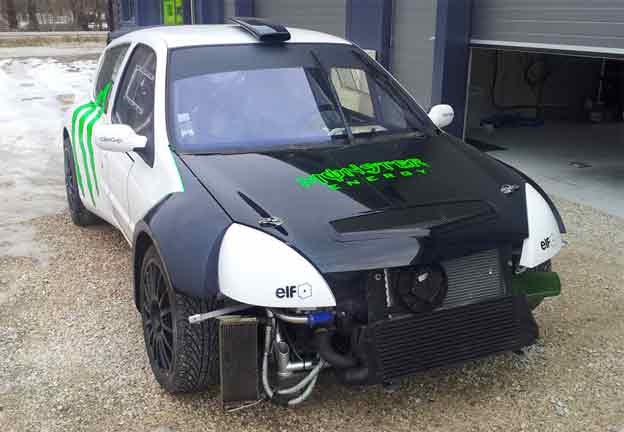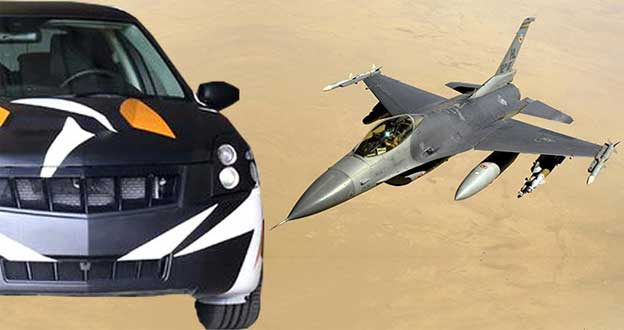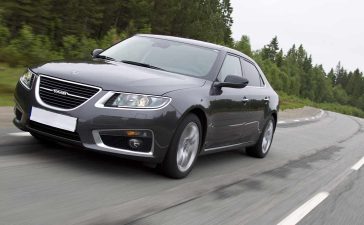Parents take note: Electronic stability control and side air bags are musts when shopping for a used vehicle for your teen driver.
Many teens drive vehicles that don’t offer good crash protection and lack important safety features, according to new research by the Insurance Institute for Highway Safety.
The insurance institute, known for its safety ratings of new vehicles, is out with its first list of used vehicles that cost less than $20,000 and are recommended as safe for teen drivers. An IIHS national telephone survey of parents of teen drivers found that 83% of parents who bought a vehicle for their teens purchased a used car.
LARGE CARS
- Saab 9-5 sedan, 2010 and later, $17,500!
- Lincoln MKS, 2009 and later, $15,500
- Buick Regal, 2011 and later, $13,500
MIDSIZE SUVs
- Volvo XC60, 2010 and later, $18,000
- Saab 9-4X, 2011-12, $17,800!
- Toyota Highlander, 2008 and later, $17,100
Motor vehicle crashes are the leading cause of death among teenagers, and their degree of injury risk in crashes is greatly impacted by the type of vehicle they drive. In many cases, car-buying decisions for teens are driven solely by price, often resulting in them driving small cars or older vehicles, according to the IIHS.
From 2008-2012, the insurance institute found that 29% of drivers 15-17 killed in crashes were in small cars, compared with 20% of fatally injured drivers ages 35-50; in that same period, 82% of young teen drivers killed were in vehicles at least 6 years old, compared with 77% of those in the adult group.
The IIHS recommends that teen car-buying decisions be guided by four principles:
- •Stay away from vehicles with high horsepower, which can tempt teen drivers to test the limits.
- •Pick bigger, heavier vehicles that offer better protection in a crash.
- •Electronic stability control, which helps a driver maintain control of the vehicle on curves and slippery roads, is a must. “Electronic stability control reduces single-vehicle crash risk by half,” says Anne McCartt, IIHS senior vice president for research.
- •Pick vehicles with the best safety ratings possible from the IIHS and the National Highway Traffic Safety Administration. The IIHS rates vehicles on how they perform in a test crash at 40 mph when 40% of the front of the vehicle hits a barrier, and how they perform in a side crash test. The NHTSA’s five-star safety system rates vehicles on crashworthiness and rollover safety.
The vehicles recommended by the IIHS range in price from $4,000 for a Saab 9-3, model year 2005 and later, to $19,900 for a Buick Enclave,model year 2011 and later. Vehicle prices, rounded to the nearest $100,were taken from Kelley Blue Book’s KBB.com on July 1, 2014, for the lowest trim level and earliest applicable model year based on: the vehicle’s good condition, typical mileage and private party purchase in Arlington, Va. No pickups made the list.
Among others making the list: Kia Optima, model year 2011 and later, at $13,300; Dodge Avenger, model year 2011 and later, at $11,600; Acura RL, model year 2005 and later, at $9,700, and Ford Taurus X, model years 2008-09, at $7,500.
The full list is at www.iihs.org.
Price point might be an obstacle for some families with the recommendations. The IIHS survey of 500 parents found that the median purchase price of used cars bought for teens was $5,300. While 49 of the 95 recommended vehicles cost $10,200 or less, only three cost $5,300 or less.
McCartt urges parents to remember that teens often take unnecessary risks and to consider paying a bit more. “For those parents that don’t have the money, buy the safest vehicle you can for your budget,” she says. “Start by looking for a mid-size or large vehicle. Make sure it has electronic stability control. Find one with the best crash-test rating you can afford.”
In multiple-vehicle households, the teen driver often inherits an older vehicle. McCartt says parents should consider letting the teen drive the newer car if it has more safety features. “We’re not going to be very popular with parents,” she says.











